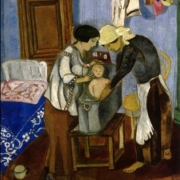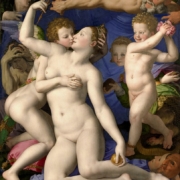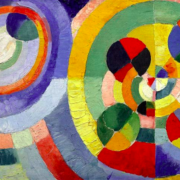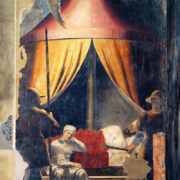The Relationships between Incest and Hubris in Dreams, Myths and Folk Tales
Abstract
In ancient myths, Hubris and Incest appear as the two archetypes, and are largely mentioned as the primary human sins in various cultures. It is in fact reasonable to assume that these two taboos constitute an ideological foundation, ground rules or moral axioms for the entire human civilizations. The many notations provided in the stories of creation, myths, works of art and legends, only serve to strengthen this hypothesis. Despite their numerous joint appearances and reciprocity, while attempting to understand their essence and basic importance, it seems that the affinity existing between them has not been stressed strongly enough. A dream told by a 33 year old man, married and a father to one child, demonstrates the special relationship existing between incest and hubris. The man came to treatment because he couldn’t hold on to a job and had a tendency to frequently change occupations. Having high ambitions of getting rich, he had the tendency to put enthusiastic efforts into dubious business schemes. They all eventually turned out to be totally unrealistic and caused him a great deal of disappointment, not to mention financial loss. He was in fact dependant on the support of his wife’s affluent Read more




